
March 16, 2018
Coffee Lids: Peel, Pinch, Pucker, Puncture
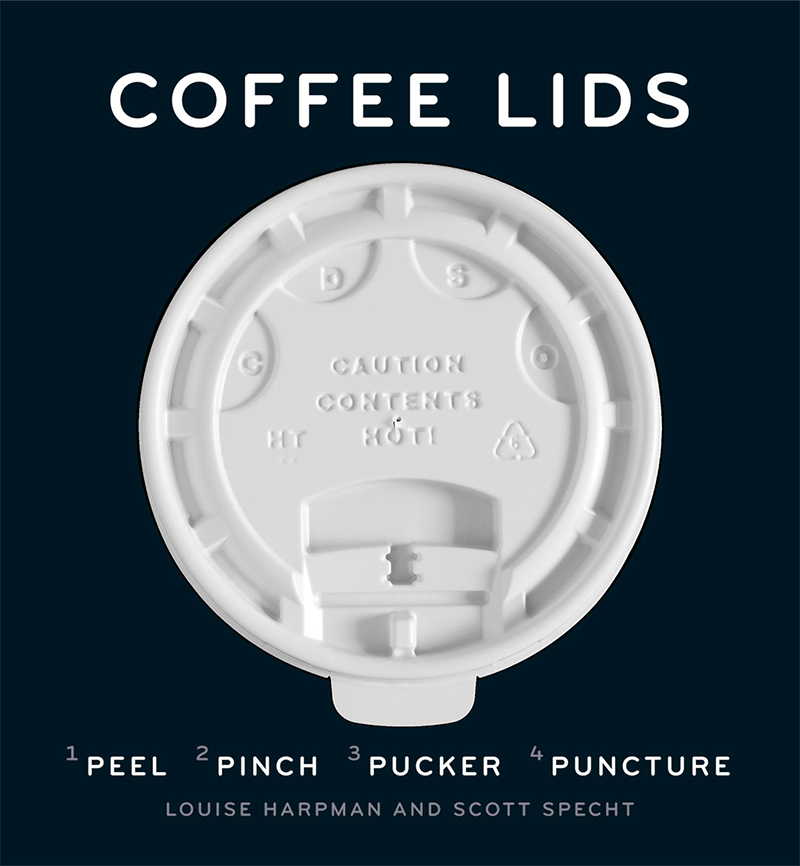
Editor’s Note: The following text an images are an excerpt from a new book Coffee Lids: Peel, Pinch, Pucker, Puncture out now from Princeton Architectural Press. Coffee Lids features the collection of Louise Harpman and Scott Specht, the owners of the world’s largest collection of coffee lids, or, more precisely, the world’s largest collection of unique, patented, drink-through, disposable hot-beverage lids. To read the full text, and see all of the coffee lids, get the book here.
The origin of the coffee lid is a distinctly American story and can be traced to the late 1970s, when coffee-loving car drivers, bus riders, train travelers, and walkers forever changed the hot-beverage-drinking landscape in this country. Fast-food outlets, drive-in restaurants, and convenience stores had saturated the highways and byways of the United States by the late 1940s. Menus at these establishments featured a wide selection of cold drinks served over ice in disposable cups, fitted with transparent or translucent plastic lids, which included small cross-cuts to allow for the insertion of a drinking straw. Hot drinks were sold in smaller disposable cups, with tight-fitting, opaque lids, which had no penetrations other than a small pinhole to allow steam to escape. But drivers and riders and walkers wanted to drink their hot liquids like their cold ones— “on the go.” In order to enjoy hot coffee without removing the protective cover, these drinkers became accidental DIY designers: they created the first drink-through coffee lids by peeling away small sections of the polystyrene, thermoformed lids. Beginning at two points on the outer rim, they tore open the lids to make mouth-size openings. This created a serviceable drinking port but also a wedge-shaped piece of trash, which the late design writer Phil Patton likened to a flimsy guitar pick.
The DIY solution was inelegant, unhygienic, and time-consuming but also very popular. Behavior was changing, and designers took notice. Commuters, college students, and taxi drivers formed an accidental community of “extreme users,” similar to those that business writer Jay Greene identifies as drivers of innovation at companies like LEGO, Nike, and OXO in his 2010 book Design Is How It Works. At first, coffee drinkers wanted only a tight-fitting lid with a reliable, easy-open aperture in order to sip their beverages while traveling. They wanted to avoid spills, drips, and, most importantly, burns. The now-famous legal case Liebeck v. McDonald’s Restaurants, brought against McDonald’s for serving too-hot coffee with ill-fitting lids, was settled in the plaintiff’s favor in 1994. Confronted with numerous spills that caused third-degree burns, McDonald’s is reported to have lowered the serving temperature of its coffee and added a visible warning on all its cup lids. It is the coffee-drinking community that brought awareness to this serious health problem, along with a myriad of pet peeves, which designers set out to remedy and which this collection lovingly, even obsessively, documents.
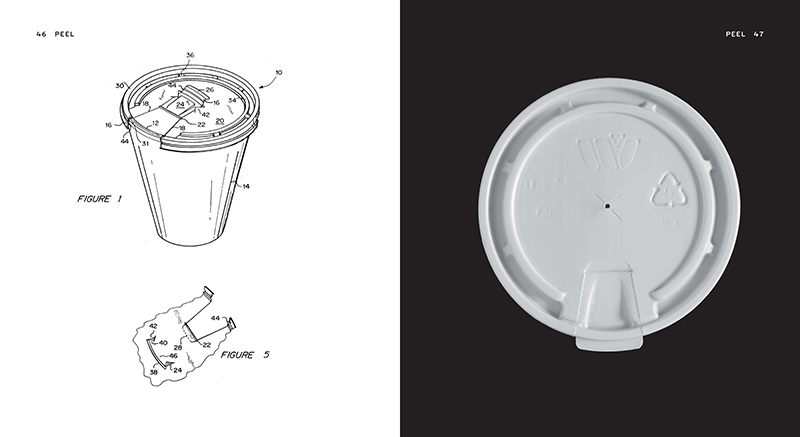

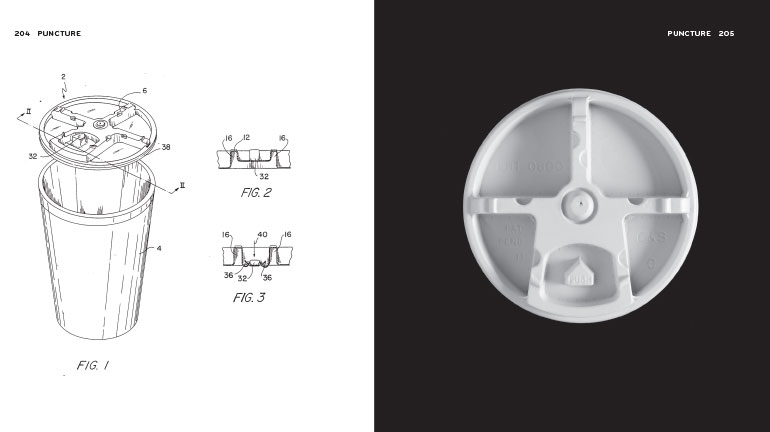
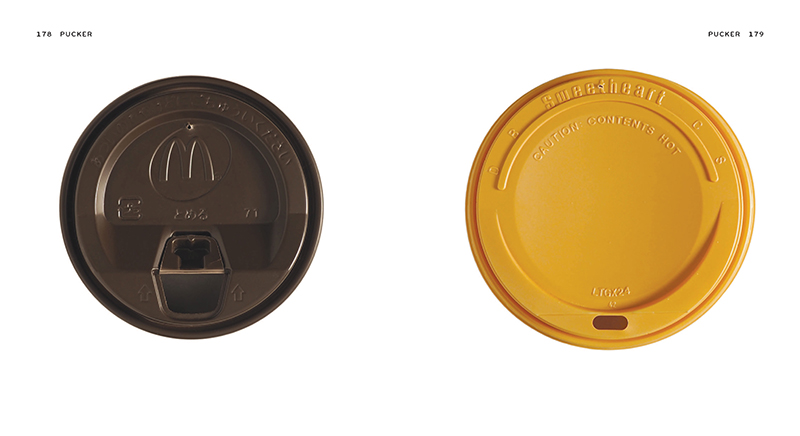
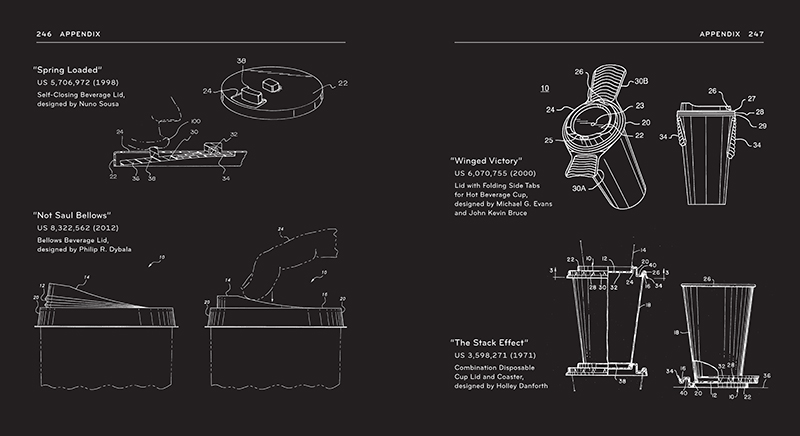
Observed
View all
Observed
By Louise Harpman
Related Posts
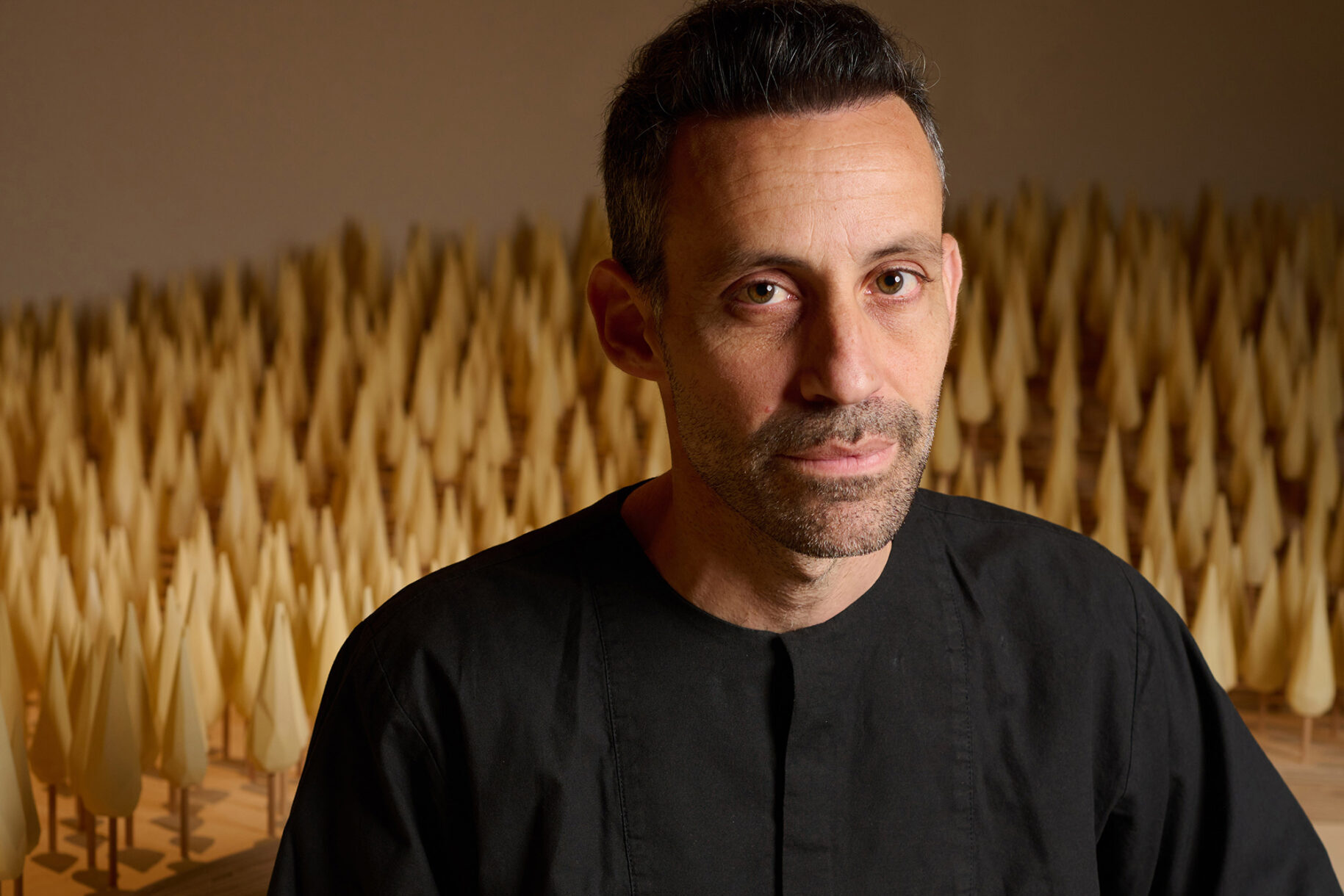
Sustainability
Delaney Rebernik|Books
Head in the boughs: ‘Designed Forests’ author Dan Handel on the interspecies influences that shape our thickety relationship with nature
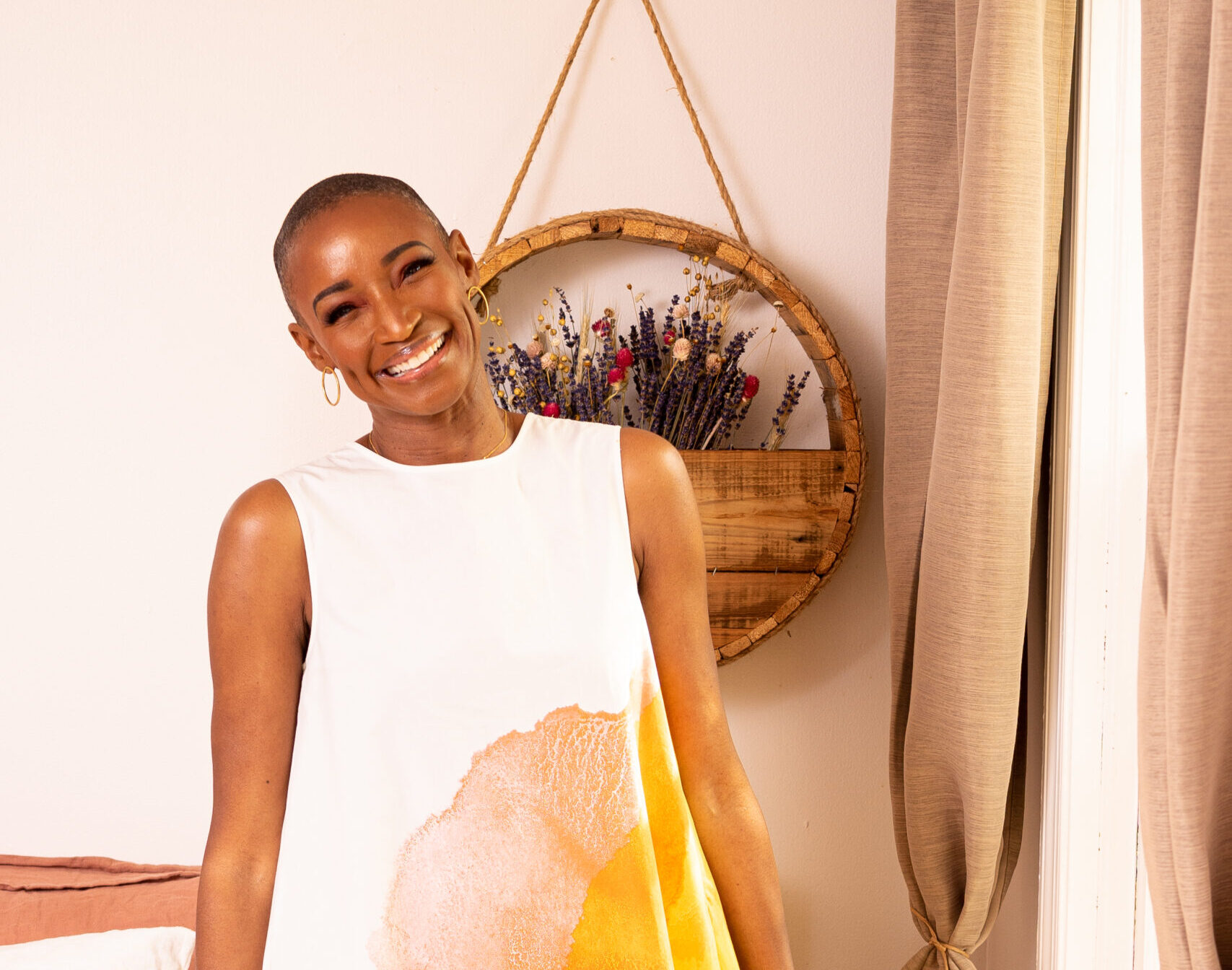
Design Juice
L’Oreal Thompson Payton|Books
Less is liberation: Christine Platt talks Afrominimalism and designing a spacious life

The Observatory
Ellen McGirt|Books
Parable of the Redesigner
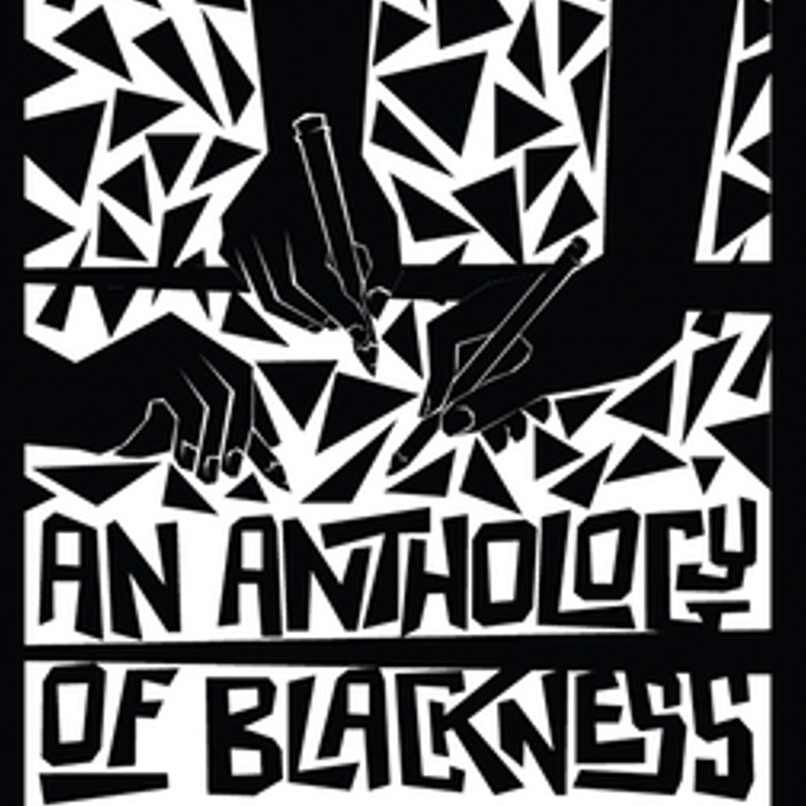
Books
Jennifer White-Johnson|Books
Amplifying Accessibility and Abolishing Ableism: Designing to Embolden Black Disability Visual Culture
Recent Posts
“Dear mother, I made us a seat”: a Mother’s Day tribute to the women of Iran A quieter place: Sound designer Eddie Gandelman on composing a future that allows us to hear ourselves think It’s Not Easy Bein’ Green: ‘Wicked’ spells for struggle and solidarity Making Space: Jon M. Chu on Designing Your Own PathRelated Posts

Sustainability
Delaney Rebernik|Books
Head in the boughs: ‘Designed Forests’ author Dan Handel on the interspecies influences that shape our thickety relationship with nature

Design Juice
L’Oreal Thompson Payton|Books
Less is liberation: Christine Platt talks Afrominimalism and designing a spacious life

The Observatory
Ellen McGirt|Books
Parable of the Redesigner

Books
Jennifer White-Johnson|Books
